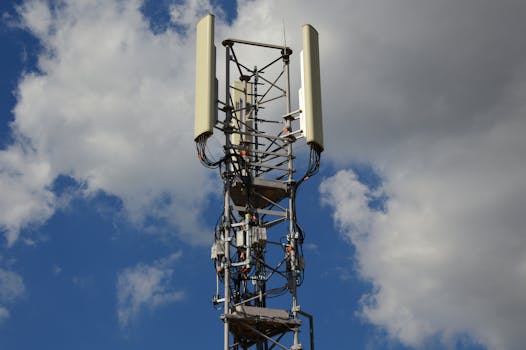Comparative Analysis of 4G vs 5G Performance Metrics: Uncovering the Differences

Comparative Analysis of 4G vs 5G Performance Metrics: Uncovering the Differences
Comparative analysis of 4G vs 5G performance metrics is a crucial aspect of understanding the advancements in wireless networking. As the world transitions from 4G to 5G, it’s essential to comprehend the differences in speed, latency, and capacity between these two generations of wireless technology. In this article, we will delve into the comparative analysis of 4G and 5G performance metrics, exploring the enhancements and improvements that 5G brings to the table.
Introduction to 4G and 5G
4G, or Fourth Generation, wireless networks were introduced in the late 2000s, offering significant improvements over 3G networks. 4G networks provided faster data speeds, lower latency, and greater connectivity, enabling users to stream videos, browse the internet, and use mobile applications with ease. However, as the demand for data-intensive applications and services grew, the need for a more advanced wireless technology became apparent. This led to the development of 5G, or Fifth Generation, wireless networks.
Performance Metrics: 4G vs 5G
When it comes to performance metrics, 5G outperforms 4G in several key areas. One of the most significant differences is in terms of speed. 5G networks offer peak data speeds of up to 20 Gbps, while 4G networks typically offer peak speeds of up to 100 Mbps. This means that 5G networks are capable of delivering speeds that are up to 200 times faster than 4G networks. Additionally, 5G networks have lower latency, with an average latency of around 1 ms, compared to 4G’s average latency of around 50 ms.
Capacity and Connectivity
Another area where 5G outperforms 4G is in terms of capacity and connectivity. 5G networks are designed to support a vast number of devices, making them ideal for applications such as smart cities, IoT, and mission-critical communications. 5G networks also offer greater connectivity, with the ability to support multiple devices and applications simultaneously. In contrast, 4G networks can become congested and slower as the number of devices and applications increases.
Real-World Applications and Conclusion
The comparative analysis of 4G vs 5G performance metrics has significant implications for real-world applications. With its faster speeds, lower latency, and greater capacity, 5G is poised to revolutionize industries such as healthcare, finance, and transportation. As 5G continues to roll out globally, we can expect to see significant improvements in the way we live, work, and communicate. In conclusion, the comparative analysis of 4G vs 5G performance metrics reveals that 5G is a significant improvement over its predecessor, offering faster speeds, lower latency, and greater capacity. As we look to the future of wireless networking, it’s clear that 5G is the way forward.




